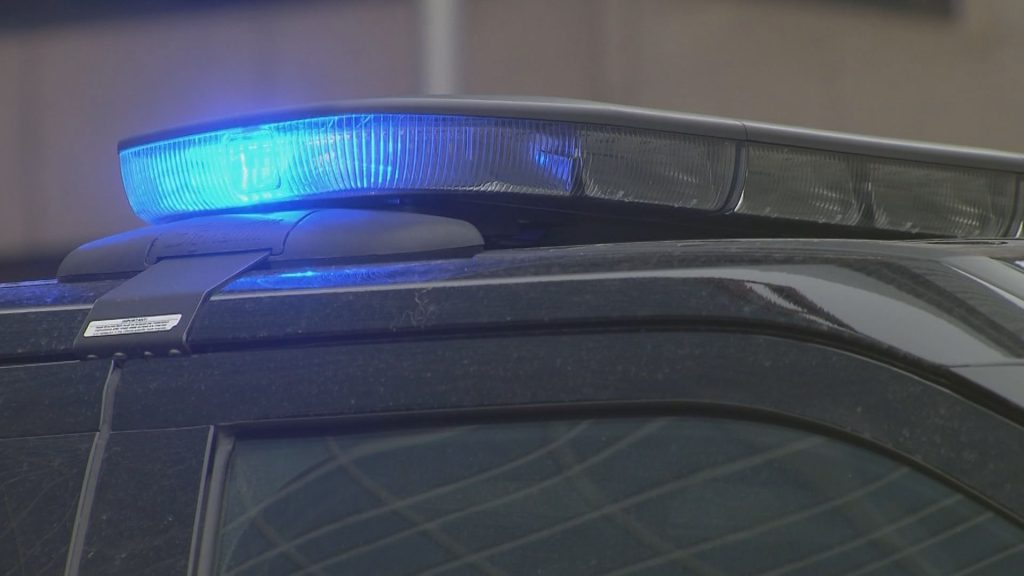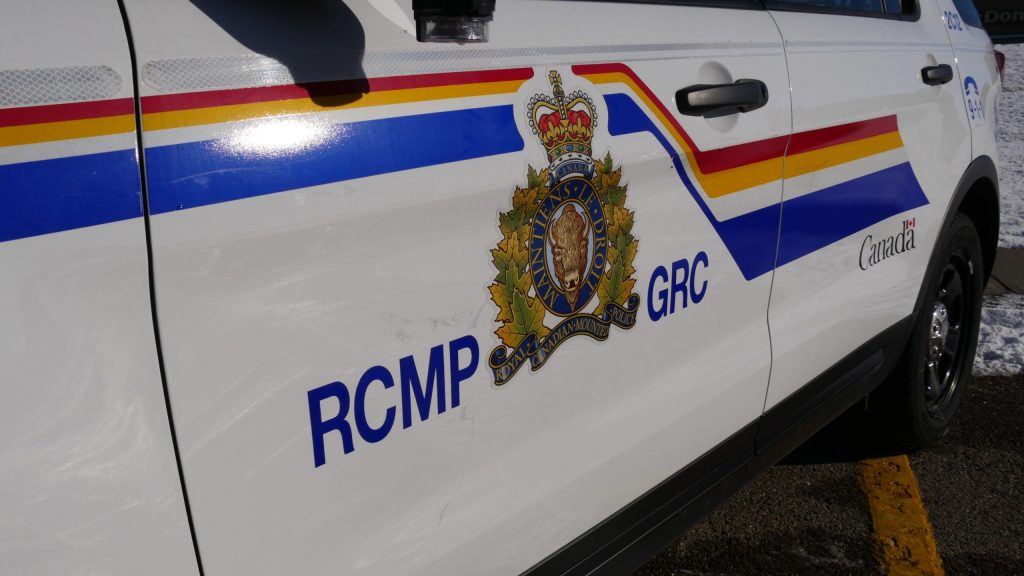A look at the horrors inside Alberta residential schools
Posted Sep 30, 2021 7:55 am.
Last Updated Sep 30, 2021 8:03 am.
A national Indian Residential School Crisis Line is available for anyone affected by residential schools. You can call 1-866-925-4419 24 hours a day to access emotional support and services.
CALGARY – As Canada marks its first-ever National Day for Truth and Reconciliation, we’re taking a look at some of the atrocities that happened inside the walls of Alberta’s residential schools.
There are countless stories of abuse at residential schools, but in Alberta, mortality rates soared above the national average.
At the Sarcee School near Calgary, also known as St. Barnabas, one doctor found 16 students in a single classroom all suffering from tuberculosis. Twenty-nine out of 33 students were infected at one point in 1920.
RELATED:
-
Canada marks first National Day for Truth and Reconciliation
-
Canadians urged to donate one day’s wage on Day of Truth and Reconciliation
-
Calls to remember children in unmarked graves grow as the National Day for Truth and Reconciliation nears
Those students were still forced to sit and suffer through class even though some were near death.
At the Sacred Heart School on the Piegan reserve, 65 students died during a 17-year period.
In 1921, at the Crowfoot St. Joseph’s school near Cluny, a nurse reported finding four boys chained to benches.
At the school in Morley, staff was given new guidelines on strapping students, after it was found these children were beaten on the head.
RELATED VIDEO: Calls to remember children in unmarked graves
A 1930 report said the boys were being worked like “slaves” at the school in Cardston.
In 1948, the local superintendent said he could not take runaways back to the school since they were better off at home.
And while residential schools are an important part of what happened to Indigenous people, there were and continue to be other lived nightmares, including the Sixties Scoop, birth alerts, coerced sterilization, and starlight tours.
RELATED:
-
6 years and a national holiday later, Indigenous elder wants more from Ottawa on 94 calls to action
-
Survivor offers advice on how to honour National Day for Truth and Reconciliation
-
Sixties Scoop survivor recounts trauma, loss, abuses − and offers pathway to healing
Richard Cardinal was a part of the Sixties Scoop and had been placed in 28 different homes during his 14 years in Alberta’s child welfare system. He ended his own life at the age of 17.
His story is told in the film Richard Cardinal: Cry from a Diary of a Métis Child.
If you want to learn more, the University of Calgary is holding several events Thursday and the University of Alberta has a free online course available.
The search for unmarked graves
Indigenous communities in Alberta have already begun the search for unmarked graves at former residential school sites.
Over the summer, the province committed $8 million to go toward helping Indigenous communities in their quest for answers and closure.
The Piikani Nation in southwestern Alberta said it would be searching the four residential school sites on its land for unmarked graves.
Metis Local 1904 in St. Albert-Sturgeon County near Edmonton announced at the end of June it would be using ground-penetrating radar to look for gravesites at a former residential school site.
RELATED:
-
Alberta creates $8M grant program for research at former residential school sites
-
Piikani First Nation to begin search for unmarked graves at former residential school sites
-
Metis community to begin search for unmarked graves at St. Albert residential school site
An Indigenous group in northern Alberta said it had started the initial steps of uncovering children’s remains at a former residential school site, about 400 kilometres northwest of Edmonton.
Alberta had the most residential schools out of any province in Canada–25 out of over 130 were operated here.
Kisha Supernant, the director of the University of Alberta’s Institute of Prairie and Indigenous Archaeology and a Métis descendant of the Papaschase First Nation, told CityNews in May that records indicate there are at least another 800 mass graves in Canada–but that’s just what is on record.
“Communities and families and survivors have stories of children who went missing and who died who are likely not in those records so I suspect the number may be much higher,” she said.
“I can anticipate that if we start to do this work we’re going to find things that most Canadians, non-Indigenous Canadians, might not expect. It’s going to be on a scale that might be very difficult for people. But [Indigenous] communities already know that.”
RELATED:
-
Province to allocate nearly $8M for mental health supports for residential school survivors
-
Residential school graves like Kamloops, Cowessess expected to be found in Alberta
-
‘Delicate, sensitive process:’ Expert talks on searching for burial sites with radar
Indigenous lawyer Pam Palmater echoed Supernant’s comments when we spoke to her shortly after the Kamloops discovery.
“There’s lots more,” she said in the spring.
“You have survivors of residential schools saying, ‘I was forced to bury other kids in the residential schools.’ So, kids burying other kids. Kids going to school and looking out the window and knowing where all of these kids are buried in the background. If you can imagine the nightmare being in these schools and knowing what’s out there.”
-with files from CityNews Edmonton, News Staff








